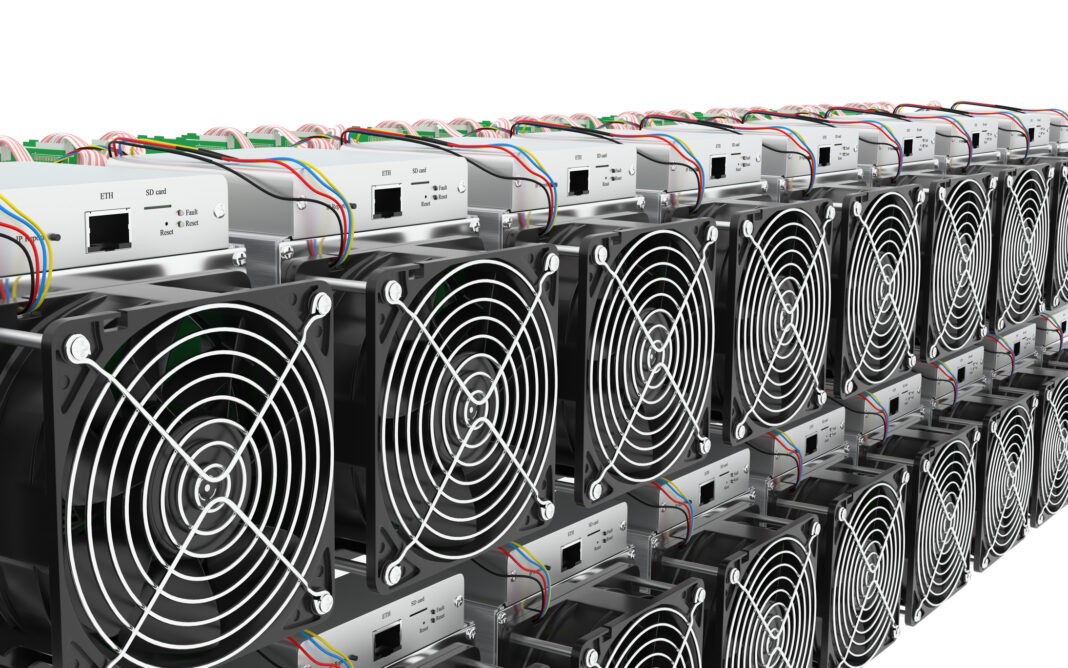In the world of cryptocurrency, Bitcoin remains the undisputed leader. As the demand for Bitcoin continues to rise, so does the need for efficient and profitable mining methods. This is where Application-Specific Integrated Circuits (ASIC) miners come into play. If you’re looking to maximize your Bitcoin mining efforts using ASIC miners, you’re in the right place. This guide will walk you through the essential steps to optimize your Bitcoin mining process, ensuring you get the most out of your hardware investment.
Table of Contents
- Understanding ASIC Mining
- Selecting the Right ASIC Miner
- Setting Up Your Mining Rig
- Optimizing Power Consumption
- Choosing the Right Mining Pool
- Stay Updated with Mining Software
- Cooling and Maintenance
- Overclocking for Performance
- Monitoring and Security
- Maximizing Uptime
- Diversification: Mining Multiple Coins
- Tax Implications and Financial Planning
- Future-Proofing Your Mining Operation
- Troubleshooting Common Issues
- Conclusion
Understanding ASIC Mining
ASIC miners are specialized hardware designed solely for the purpose of mining cryptocurrencies. Unlike general-purpose CPUs or GPUs, ASIC miners are highly efficient and tailored to perform specific tasks required for mining, making them significantly faster and more energy-efficient.
Selecting the Right ASIC Miner
Choosing the right ASIC miner is crucial to optimize your mining operations. Consider factors such as hash rate, power consumption, and cost-effectiveness. Research different models and manufacturers to find the one that suits your needs.
Setting Up Your Mining Rig
The setup process involves assembling hardware components, connecting cables, and configuring the necessary software. Ensure proper ventilation and cooling to prevent overheating.
Optimizing Power Consumption
Electricity costs can significantly impact your mining profitability. Optimize power consumption by using energy-efficient hardware and exploring cost-saving measures.
Choosing the Right Mining Pool
Joining a mining pool increases your chances of earning consistent rewards. Compare different pools based on their reward distribution, fees, and reputation.
Stay Updated with Mining Software
Mining software plays a vital role in optimizing your mining performance. Regularly update your software to benefit from the latest features and improvements.
Cooling and Maintenance
Maintaining the right temperature is essential for ASIC miners. Implement a cooling system and perform routine maintenance to prolong the lifespan of your hardware.
Overclocking for Performance
Overclocking involves pushing your hardware to operate at higher frequencies than originally intended. While it can enhance performance, be cautious as it may also increase power consumption and heat generation.
Monitoring and Security
Implement robust monitoring and security measures to protect your mining operation from potential threats. Use firewalls, strong passwords, and two-factor authentication.
Maximizing Uptime
Downtime means missed opportunities for mining. Invest in backup systems and reliable internet connections to ensure maximum uptime.
Diversification: Mining Multiple Coins
Consider mining multiple cryptocurrencies to diversify your earnings. This can help mitigate risks associated with market fluctuations.
Tax Implications and Financial Planning
Understand the tax implications of your mining activities and incorporate them into your financial planning. Keep accurate records of your earnings and expenses.
Future-Proofing Your Mining Operation
Cryptocurrency mining is constantly evolving. Stay informed about industry trends and be prepared to upgrade your hardware and adapt to changes.
Troubleshooting Common Issues
From hardware glitches to software errors, mining can face various challenges. Educate yourself about common issues and their solutions to minimize downtime.
Conclusion
Optimizing Bitcoin mining for ASIC miners requires a combination of careful hardware selection, efficient setup, power management, and ongoing maintenance. By following these steps, you can enhance your mining profitability and contribute to the secure and decentralized nature of blockchain technology.
FAQs
- Is ASIC mining still profitable in 2023? While the landscape has become more competitive, ASIC mining can still be profitable if you choose your hardware and mining pool wisely.
- What is the lifespan of an ASIC miner? The lifespan varies, but it’s generally around 2 to 3 years. Regular maintenance can extend this timeframe.
- Can I mine Bitcoin with a regular PC? Bitcoin mining with a regular PC is no longer feasible due to the high computational power required. ASIC miners are the preferred option.
- How do I calculate my mining profits? Mining calculators help estimate your potential earnings based on factors like hash rate, power consumption, and electricity costs.
- What are the environmental concerns related to ASIC mining? ASIC mining can be power-intensive, leading to concerns about carbon footprints. Using renewable energy sources can help mitigate this impact.


